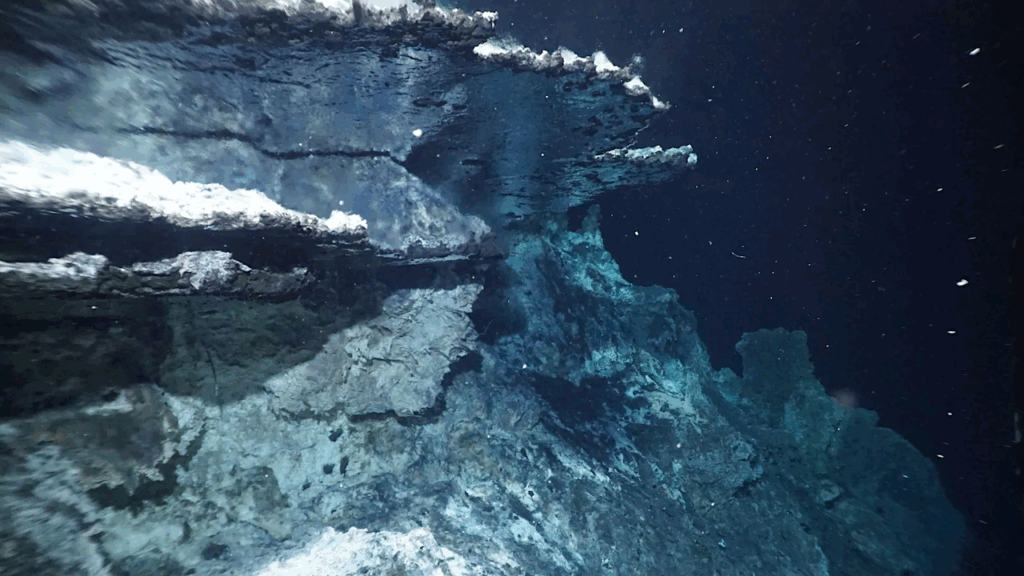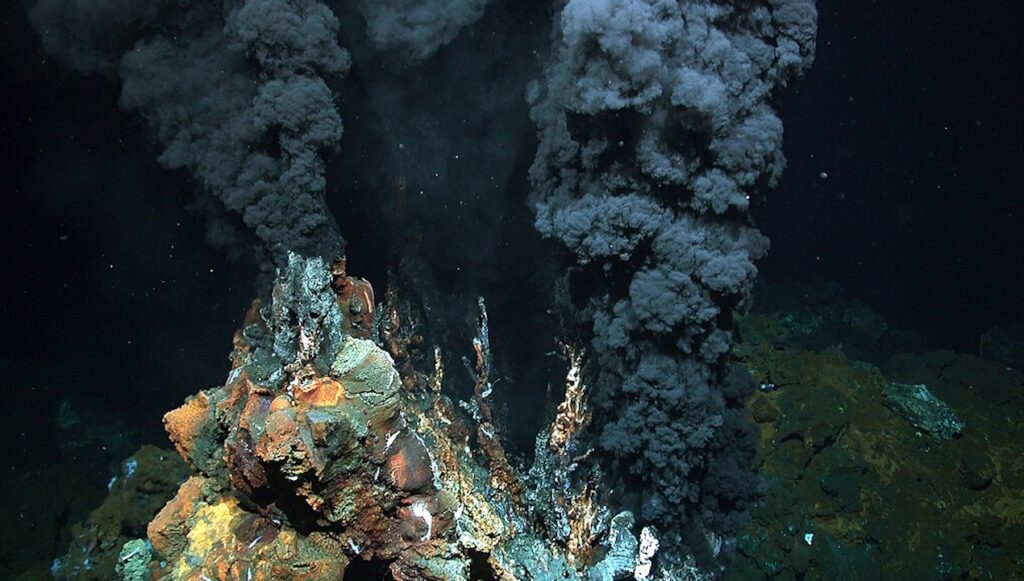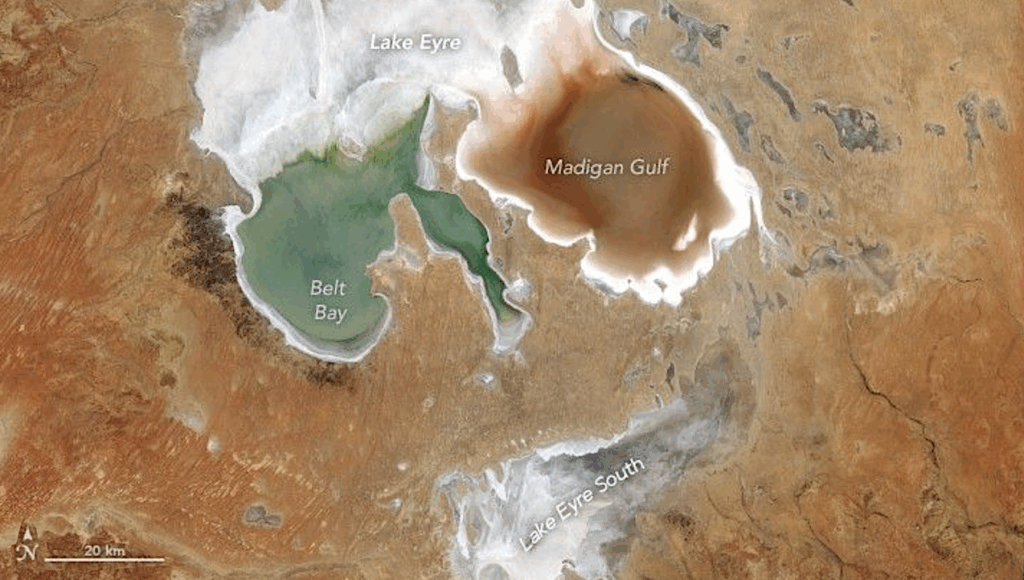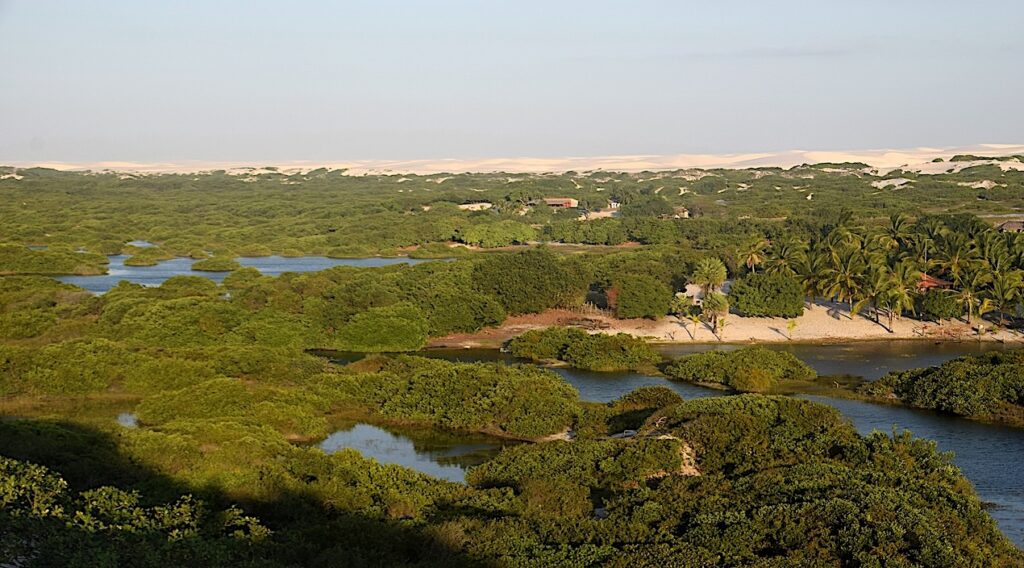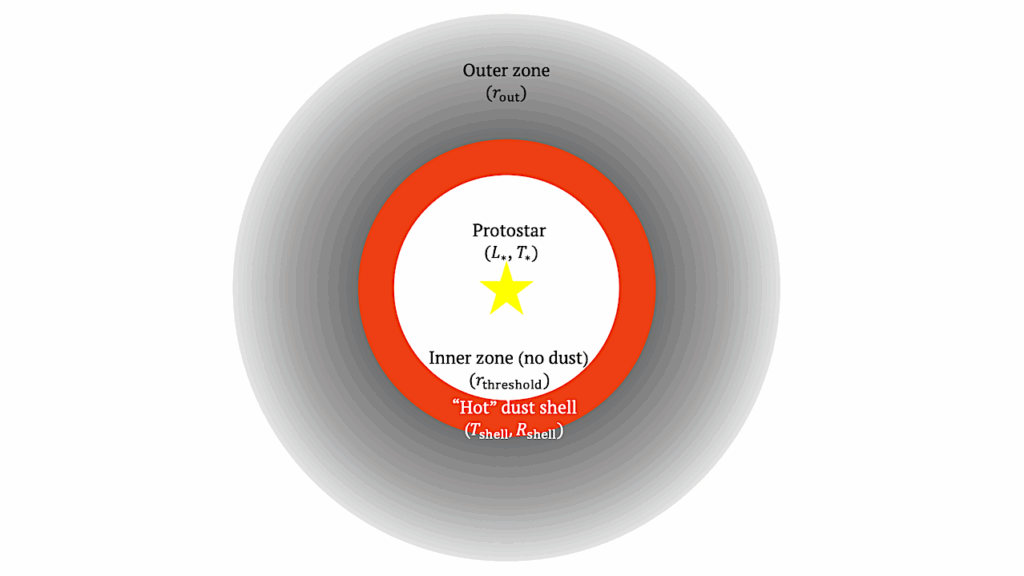Searching For Life In Hot Spring Carbonate Systems: Investigating Raman Spectra Of Carotenoid-Bearing Organic Carbonaceous Inclusions From Travertines Of Italy

Carotenoid pigments provide some of the most common exclusively biogenic markers on Earth, and these organic pigments may be present in extraterrestrial life. Raman spectroscopy can be used to identify carotenoids quickly and accurately through the inelastic scattering of laser light.
In this study, we show that Raman spectra of organic matter found in hot spring bacterial assemblages exhibit “spectral overprinting” of the carotenoid spectrum by the carbon spectrum as the organic matter progressively breaks down.
Here, we present how, with increasing thermal maturity, the relative intensity of the carotenoid spectrum increases, and as maturity increases a low-intensity carbon spectrum forms in the same region as the carotenoid spectrum. This carbon spectrum increases in intensity as the thermal maturity increases further, progressively obscuring the carotenoid spectrum until only the carbon spectrum can be observed.
This means key carotenoid biogenic signatures in hot spring deposits may be hidden within carbon spectra. A detailed study of the transition from carotenoid to carbon, Raman spectra may help develop deconvolution processes that assist in positively identifying biogenic carbon over abiogenic carbon.
Our results are relevant for the data analysis from the Raman spectroscopy instruments on the Perseverance (National Aeronautics and Space Administration [NASA]) and Rosalind Franklin (European Space Agency [ESA]) rovers.
Alexander E O’Donnell 1, David K Muirhead 1, Alexander T Brasier 1, Enrico Capezzuoli 2
Astrobiology. 2023 Nov 14. doi: 10.1089/ast.2023.0017. Online ahead of print.
https://pubmed.ncbi.nlm.nih.gov/37955648/
Astrobiology


